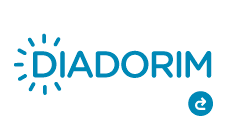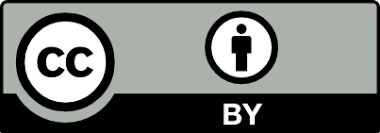HIGH-CALORIE DIET DURING LACTATION PROGRAMS EARLY HYPERPHAGIA IN MALE AND FEMALE NEWBORN RATS
Resumo
Obesity is a serious and concerning disease for public health. Breastfeeding is crucial for
metabolic programming and plays an important role in controlling newborn metabolism. The
aim of this study was to analyze weight gain and milk consumption in male and female
newborn rats whose mothers were fed a high-calorie diet during the breastfeeding period. At
delivery, female Wistar rats were divided into two groups, one was fed a hypercaloric diet
(4,500 kcal/g and sucrose solution at 10%; Ob group), while control dams were fed
commertial diet (Cont group). Pups were weighed every two days, and milk intake was
recorded on the 6 th , 11 th and 16 th days old. At 22 days old, the pups were weaned, and the
mother rats were euthanized for analysis. At 6 th day olds, Ob males consumed 42.7% more
milk than Cont, while Ob females consumed 33.9% more than Cont (P<0.001). On the 11 th
day of life, Ob males consumed 42.7% more than Cont, while Ob females consumed 33.9%
more than Cont (P<0.05). On the 16 th day, Ob males consumed 39.3% more than Cont
(P<0.001), while Ob females consumed 29.8% more than Cont (P<0.01). During the
breastfeeding period, there was an increase in body mass of Ob males by 21.7% (P<0.05) and
in females by 10%. It was observed that Ob males showed a weight increase of 18.65%
compared to Ob females (P<0.001), while among the Cont group pups, no significant
difference was observed between males and females. We concluded that offspring breastfed
by mothers who consumed a high-calorie diet during lactation are more likely to develop
early hyperphagia, and a greater risk of developing obesity.
Downloads
Referências
DECLARAÇÃO DE ORIGINALIDADE E DIREITOS AUTORAIS
Declaro que o presente artigo é original, não tendo sido submetido à publicação em qualquer outro periódico nacional ou internacional, quer seja em parte ou em sua totalidade.
Os direitos autorais pertencem exclusivamente aos autores. Os direitos de licenciamento utilizados pelo periódico é a licença Creative Commons Attribution 4.0 (CC BY ): são permitidos o acompartilhamento (cópia e distribuição do material em qualqer meio ou formato) e adaptação (remix, transformação e criação de material a partir do conteúdo assim licenciado para quaisquer fins, inclusive comerciais.

Recomenda-se a leitura desse link para maiores informações sobre o tema: fornecimento de créditos e referências de forma correta, entre outros detalhes cruciais para uso adequado do material licenciado.
















